Nylon, polyester, olefin, and the new synthetic carpet fiber, triexta, are the four most common types of synthetic carpet.
The most significant portion of the wall-to-wall carpet market comprises synthetic (manufactured) fibers. Several advantages of synthetic fibers over natural ones (such as wool) include cost, strength, durability, and stain resistance.
There are four primary types of synthetic carpet fibers. Every fiber has its own set of features that may make it more attractive than other fibers or more suitable for specific applications than others.
It’s also crucial to remember that all textiles are available in carpets of various grades. The carpet’s quality is determined by several elements in addition to the thread, so you can’t evaluate a carpet based simply on the type of fiber.
Four Synthetic Carpet Fibers
Nylon
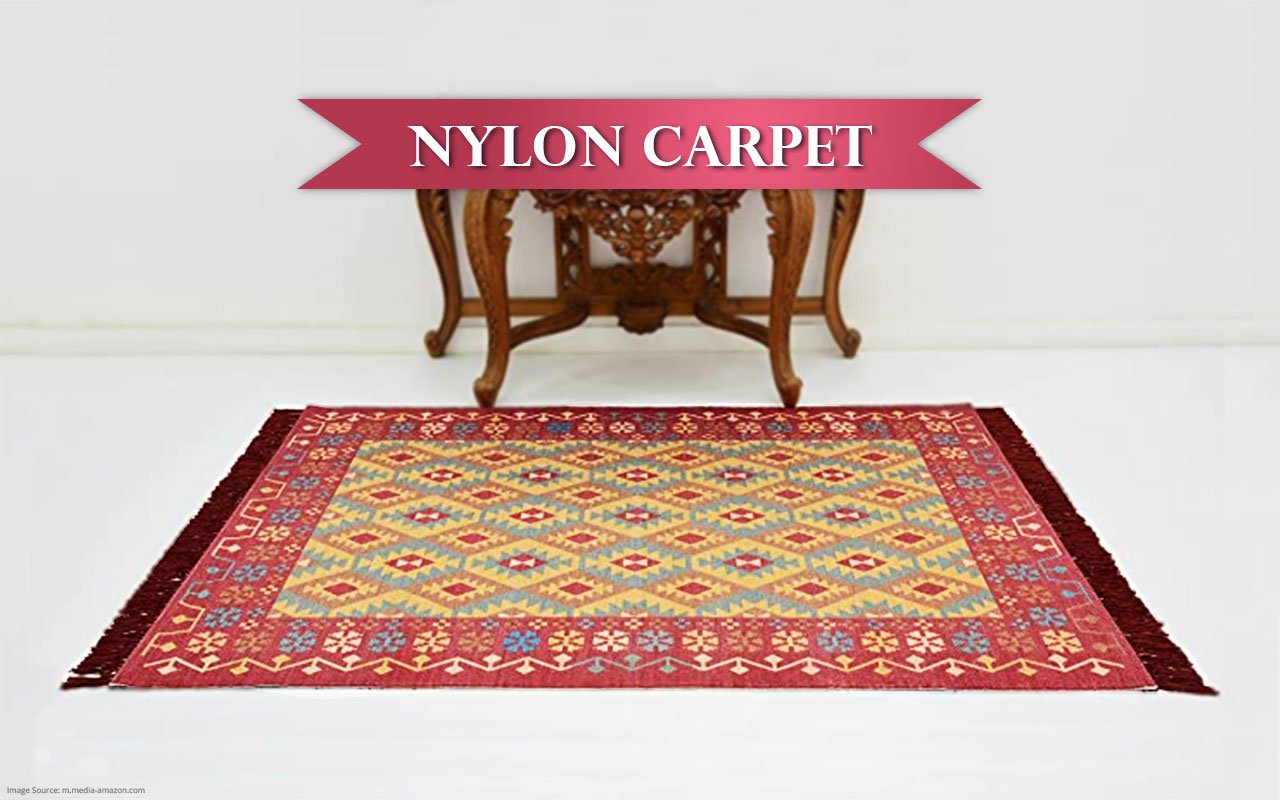
Nylon is one of the most well-known manufactured textile materials. It was regarded as the “perfect” carpet fiber for a long time. Nylon is a very durable carpet fiber since it is strong, resilient (the capacity to bounce back after being flattened or compacted), and has good anti-static properties. This translates into a highly durable carpet.
Nylon carpets have drawbacks: they are more costly than other synthetic carpet fibers. They are less stain-resistant (however, they are always treated with a stain removal chemical).
Polyester
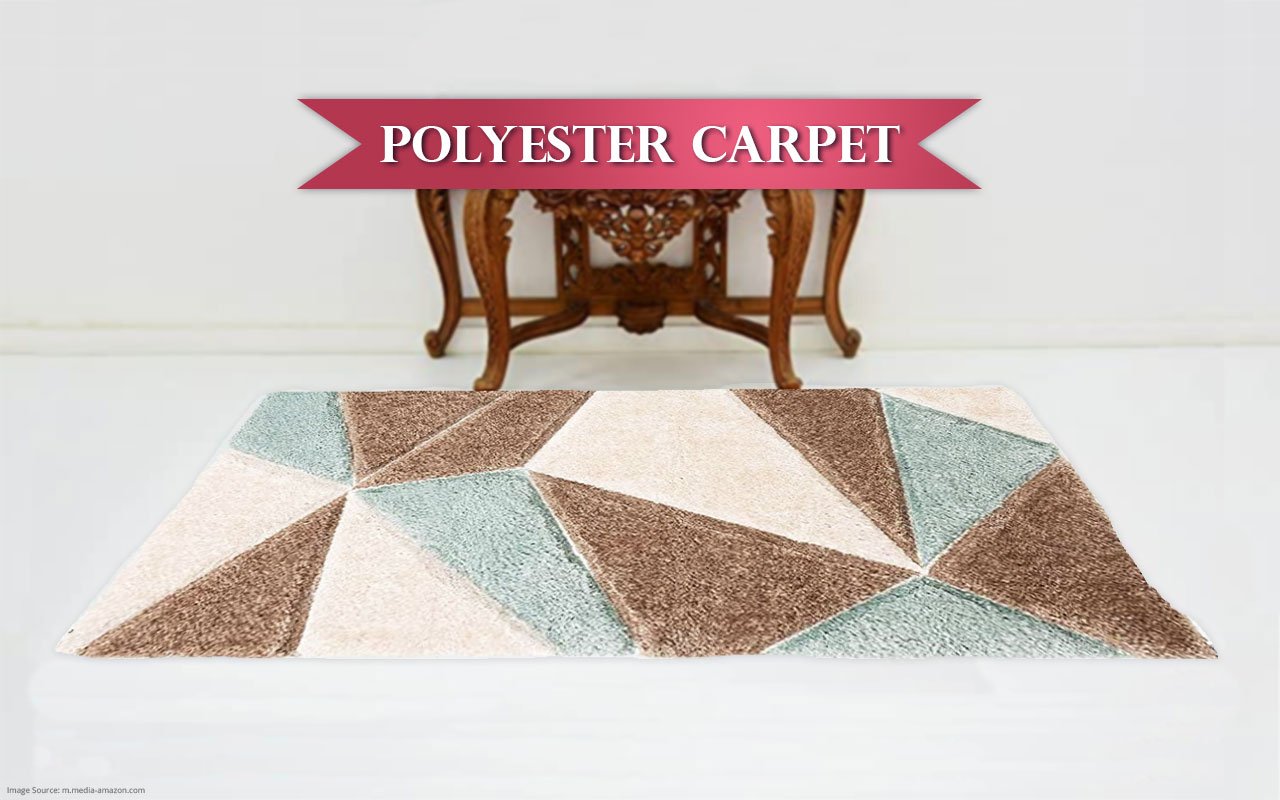
Polyester (polyethylene terephthalate, or PET) is a very flexible fiber that has been used in carpeting for a long time. This has historically been regarded as a lesser grade of carpet fiber than nylon because polyester is less sturdy and resilient than nylon. However, polyester has seen significant technological developments in recent years, making it more robust than in the past.
Another massive advantage of polyester is its built-in stain resistance. Another advantage is that polyester carpets are increasingly constructed of recycled materials, making them more environmentally beneficial than their nylon counterparts.
Triexta
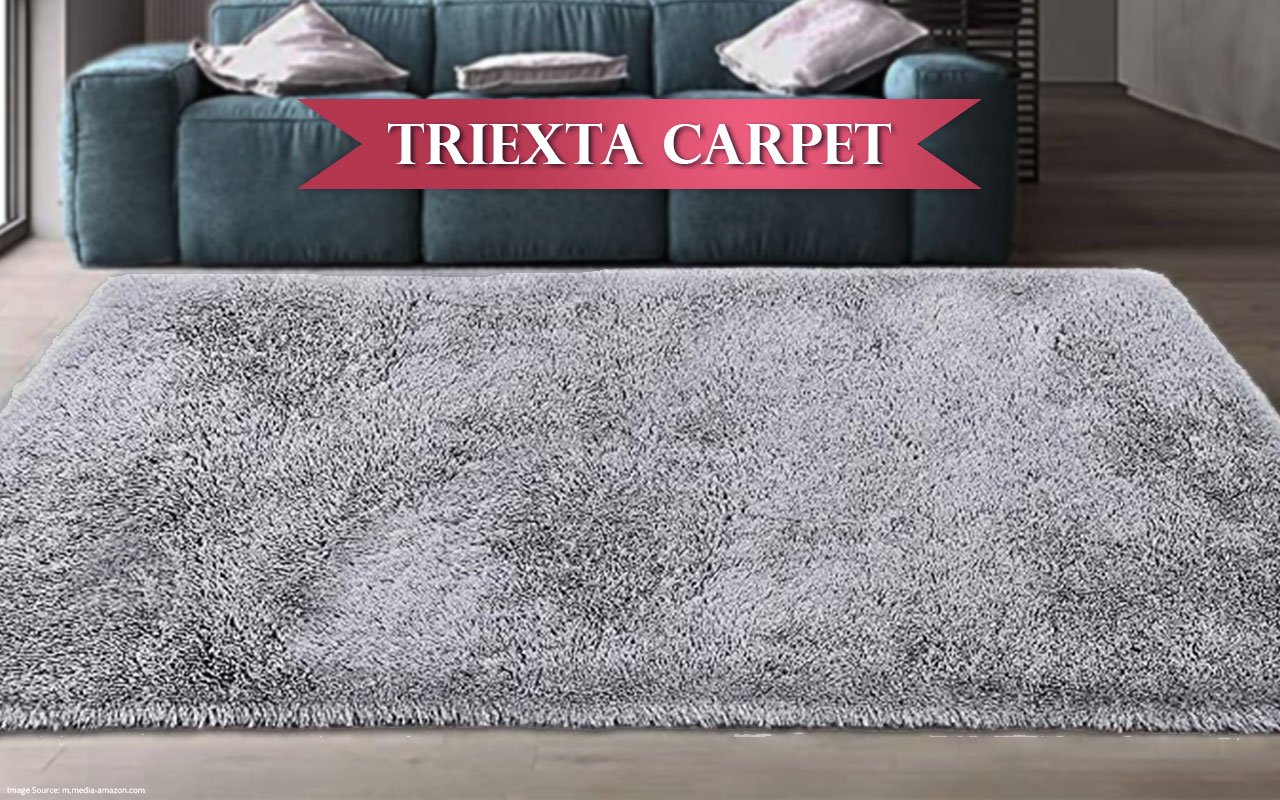
Triexta is a brand-new carpet fiber generating a lot of buzz in the industry. In 2009, the US Federal Trade Commission granted triexta generic status for polytrimethylene terephthalate (PTT), making it a new fiber category.
When compared to polyester, triexta has several distinct differences. In terms of origin, they are practically identical; however, there are a few significant distinctions between the two fibers. The most crucial importance is that triexta is more durable than standard polyester.
Triexta is also softer than polyester (although there are many new “soft” polyester carpets). Triexta carpets are made with biotechnology that employs corn glucose in the manufacturing process, resulting in less off-gassing and making these carpets eco-friendly.
Olefin
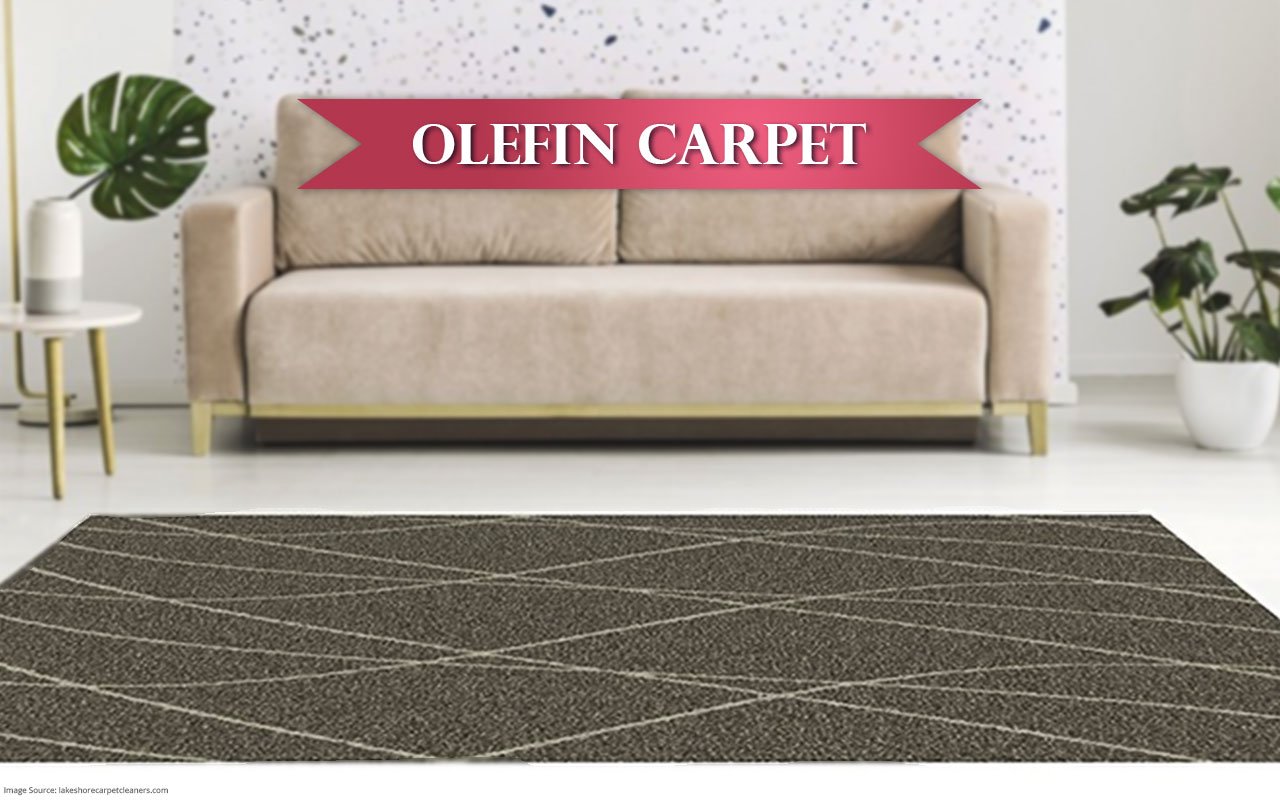
Because its look is comparable to wool, olefin (polypropylene) is commonly found in looped broadloom (such as Berber) and area rugs. Olefin fibers are typically used in entry-level quality and looped designs, where resiliency is not as important because they are considered a less durable fiber than most other artificial carpet fibers. However, olefin is highly stain resistant, making it ideal for locations that experience spills. It’s also rather fade-resistant.
Choosing a Synthetic Carpet Fiber
Whatever sort of fiber you pick, be sure you’re comfortable with the trade-offs involved—no thread is entirely perfect, but there is a fiber that should be able to fulfill your demands.
Other Related Articles
The Best Area Rugs to Add a Cozy and Stylish Layer
The Best Indoor and Outdoor Rugs for Versatile Decorating

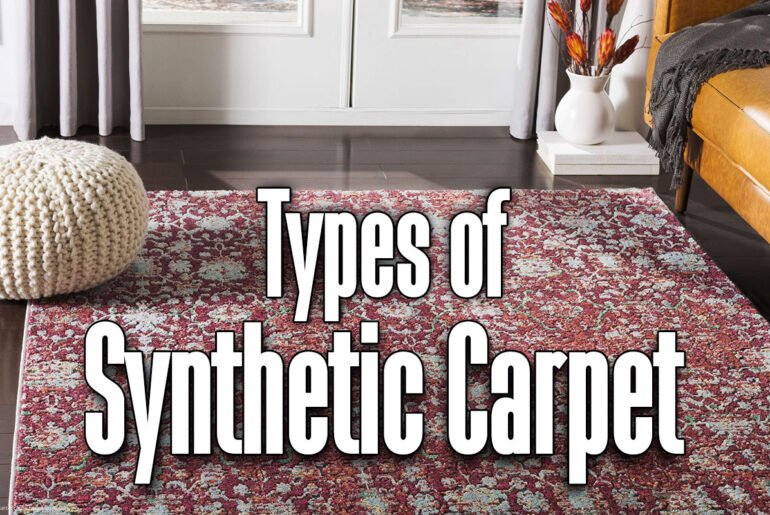


Comments are closed.